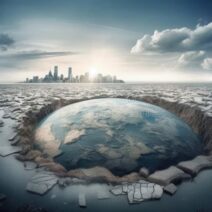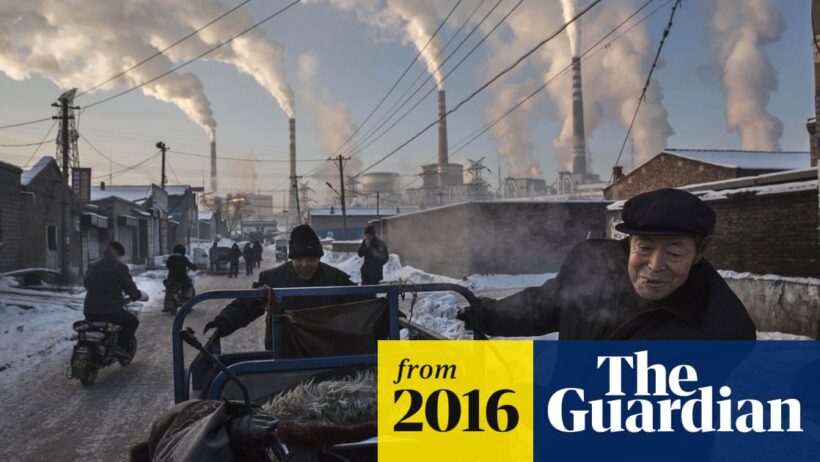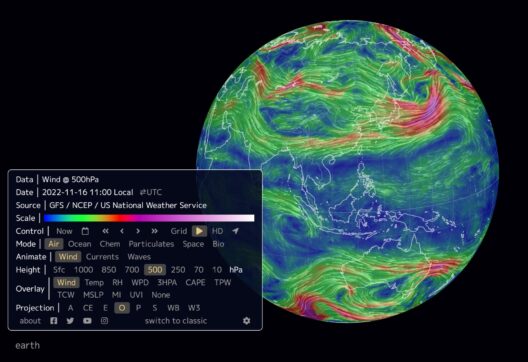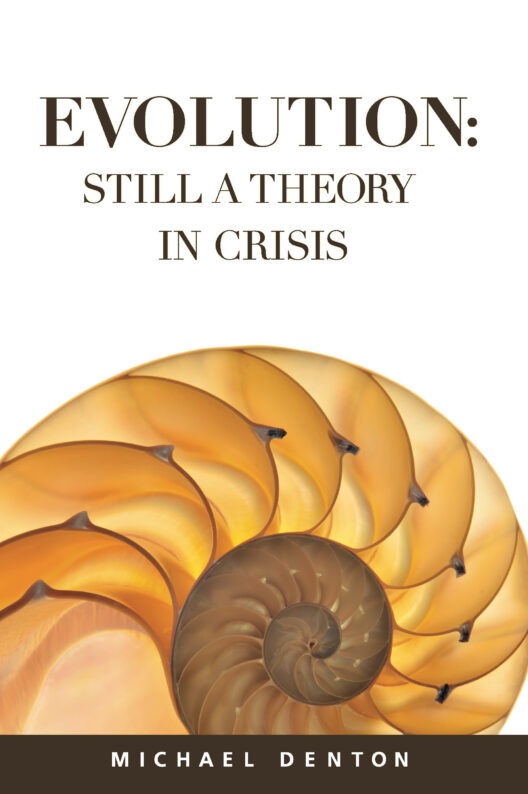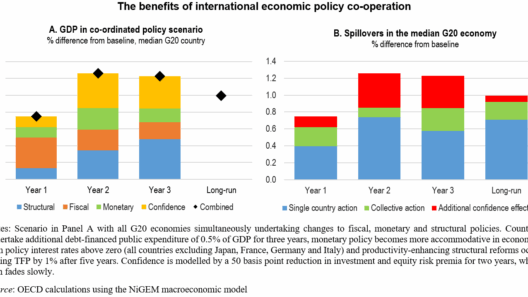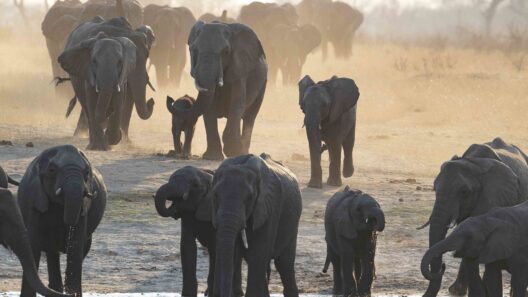As we drift through the 21st century, the specter of global warming looms ever closer, an ominous harbinger of possible doomsday scenarios that beckon us to take action. The term “global warming” is often bandied about, yet it can feel like an abstraction, a concept detached from the immediacy of human experience. To comprehend our precarious position, it is essential to explore the scientific predictions that paint a stark picture of our future. These predictions are not mere academic exercises; they are vivid warnings, echoing like a distant thunder that signals an approaching storm.
At the core of climate science lies the understanding that our planet is experiencing unprecedented changes. The increase in carbon dioxide and other greenhouse gases due to human activity has instigated a metamorphosis in Earth’s climate systems. This alteration is akin to a pot of water incrementally heating on a stove; it may seem innocuous at first, but eventually, it reaches a boiling point where ramifications are both severe and irreversible. According to numerous studies, we have already crossed critical thresholds that heighten the risk of catastrophic climate outcomes.
One pivotal study suggests that if we do not significantly mitigate our greenhouse gas emissions in the near future, we could face a temperature rise of 2 degrees Celsius above pre-industrial levels by 2030. This seemingly modest increase may serve as a clarion call to act; it is the threshold beyond which scientists warn we might transcend to a world of devastating climate volatility. This is not merely an Arctic splendor melting away but a cycle of extremes: torrential floods, unrelenting droughts, and sweltering heatwaves becoming the new normal.
Imagine Earth as an intricately woven tapestry, where each thread represents a facet of our environment. The threads of biodiversity, weather patterns, and even human activities are interlaced so finely that pulling on one thread jeopardizes the entirety of the fabric. When temperatures rise, not only do we anticipate extreme weather events, but there are cascading effects on ecosystems and biodiversity. For instance, glacial retreat leads to sea-level rise, threatening coastal communities globally. Species extinction rates are currently accelerating, with estimates indicating that we may lose up to a million species due to changing climates. Each lost species represents a thread pulled from that delicate tapestry, resulting in a fraying, weakened ecosystem.
Our projections about the future are invariably tied to our current trajectory. Climate models illustrate a scenario where, if global emissions continue unabated, we might see an increase of up to 4 degrees Celsius by 2100. Such temperatures could lead to a nightmare scenario where agricultural systems fail, water supplies run dry, and human habitation becomes untenable in vast regions. The delinquency of action today culminates in a compounded crisis for the future. The metaphoric clock is ticking, its ominous ticking akin to a countdown to doomsday.
Climate scientists do not solely dwell on impending doom; they also present pathways towards resilience and redemption. The imperative for global cooperation has never been clearer, as many countries have begun to adopt renewable energy sources, enhance energy efficiency, and invest in carbon capture technologies. These are the seeds of change, which, if nurtured, promise to transform the current trajectory away from disaster. However, the time for half-measures has long since passed; immediate and radical action is required.
In this intricate web of climate dynamics, the role of individual agency cannot be understated. While systemic changes involving governments and corporations are vital, grassroots movements can amplify these efforts to rebalance our environmental equation. Renewable energy at the community level, sustainable farming practices, and conservation efforts can catalyze significant shifts. It is a collective awakening, a transformation akin to turning a ship at sea—a daunting but necessary undertaking.
As the climate debate spirals among politicians and activists alike, it is critical that we anchor our discourse in science. This means adhering to evidence-based predictions that illuminate not just what is at stake, but also potential pathways to stave off calamity. Scientists and policymakers must elevate the urgency in their communications, eschewing jargon for clear and compelling narratives that resonate across diverse audiences. These narratives can galvanize public sentiment and foster a broad coalition committed to enacting an ecological renaissance. It is paramount that we foster a climate of understanding, compassion, and action.
Ultimately, the dialogue surrounding climate change must shift from one of despair to one of hope and agency. With each passing year, the consequences of climate inaction compound exponentially, yet we possess within ourselves the capacity for resilience and innovation. The doomsday clock may be ticking; however, it is not too late to recalibrate our course. This is an extraordinary moment in the narrative of human evolution, wherein we must confront our existential challenges with audacity and resolve.
The fabric of life is multifaceted, beautifully complex, and as delicate as it is strong. How close are we to the precipice? The answer remains in our hands, contingent upon how resolutely we choose to act in the face of towering challenges. Even as we acknowledge the dire forecasts painted by scientists, let us remember that there exists a vast spectrum of possibility; the steps we take today can heal, restore, and ultimately safeguard our planet for generations to come. Climate change is not just a future threat; it is a call to arms, inviting each of us to be stewards of the earth and champions of sustainability.
